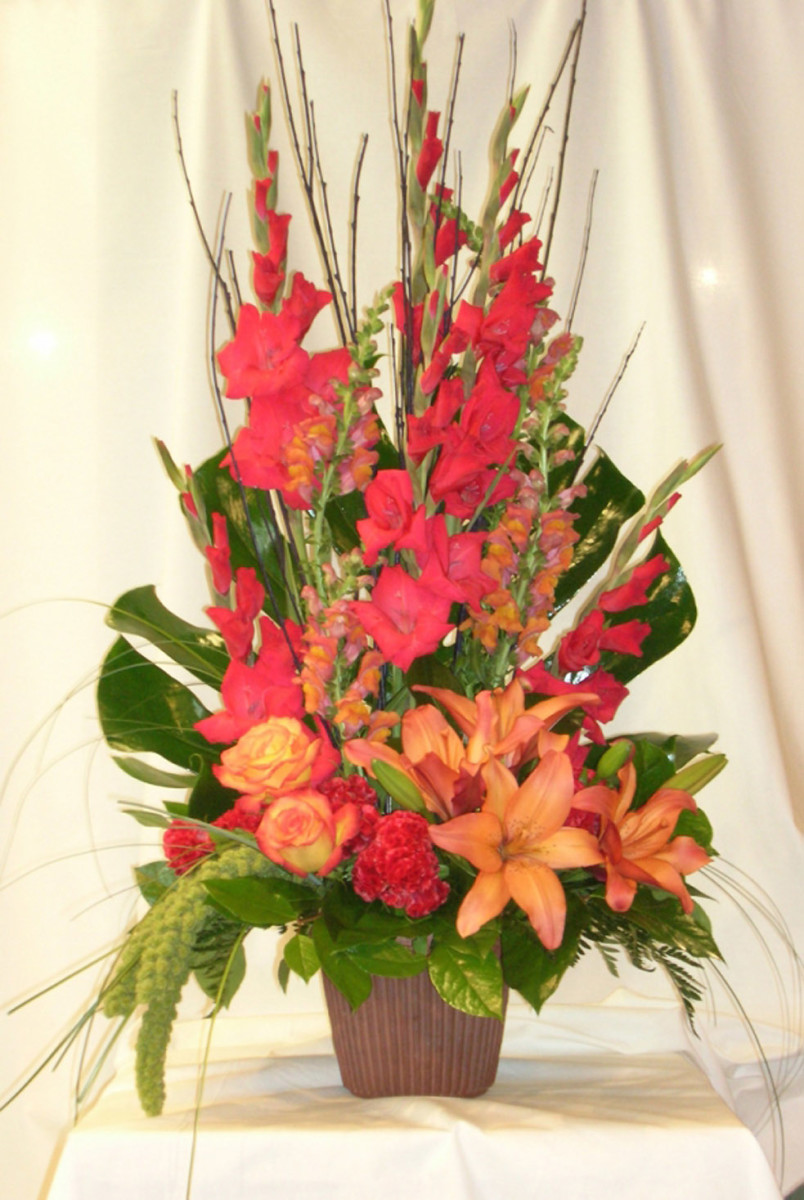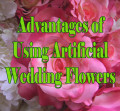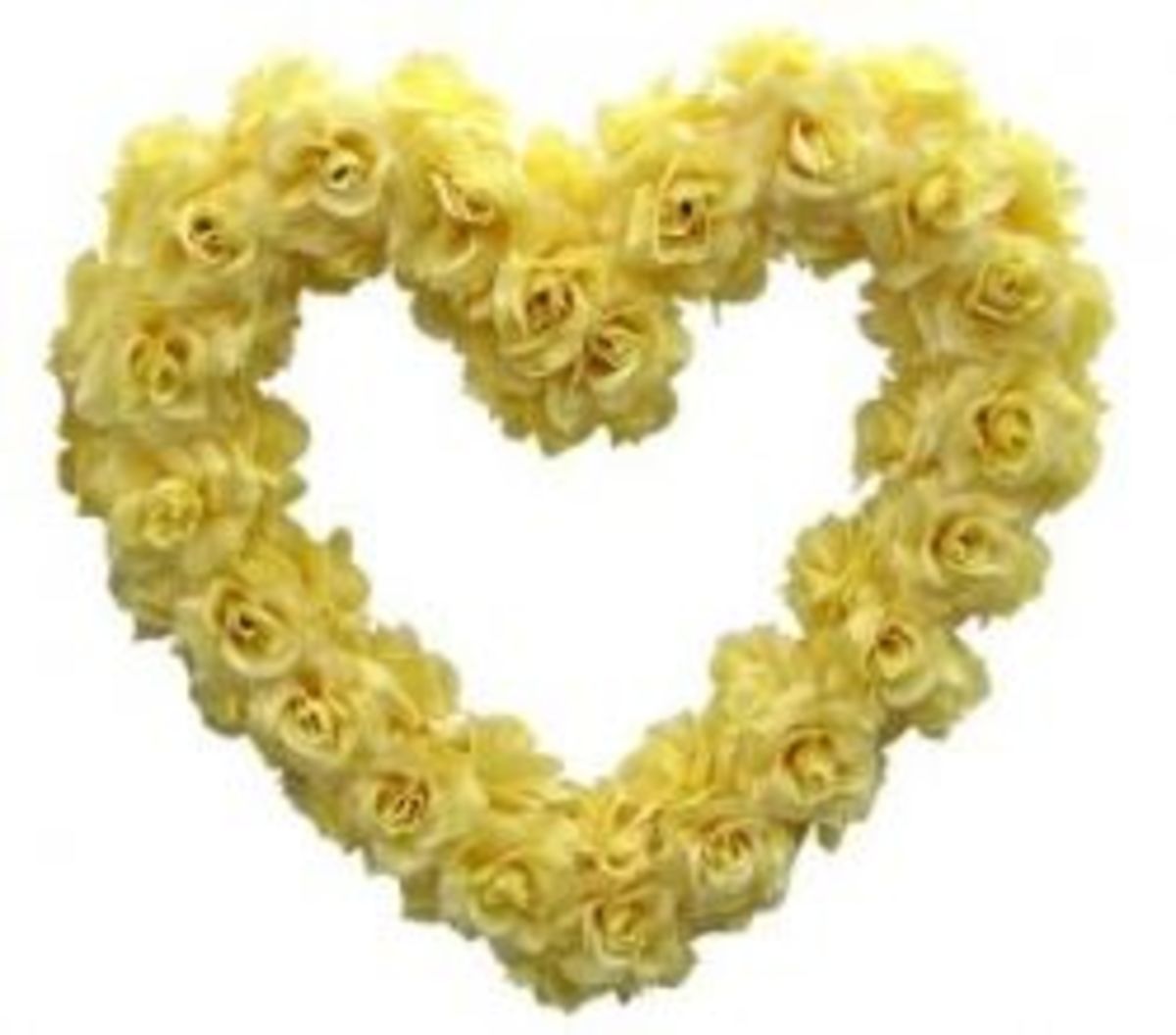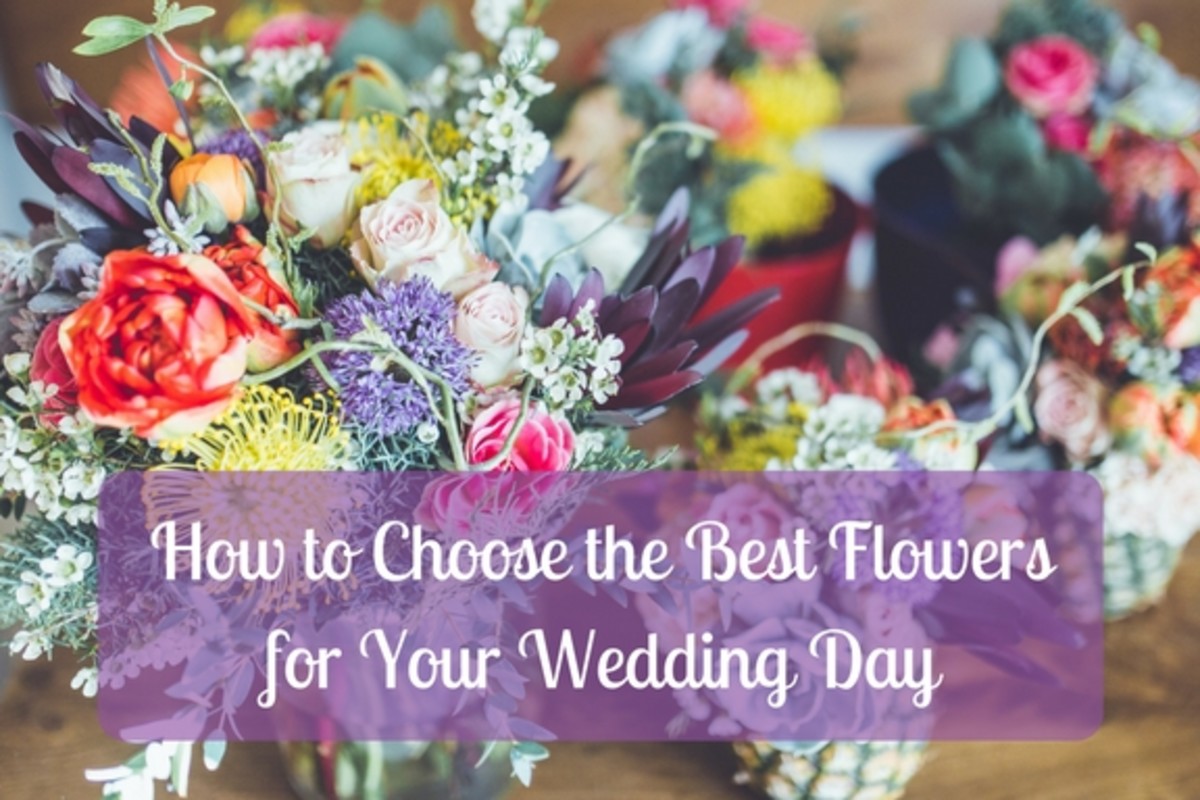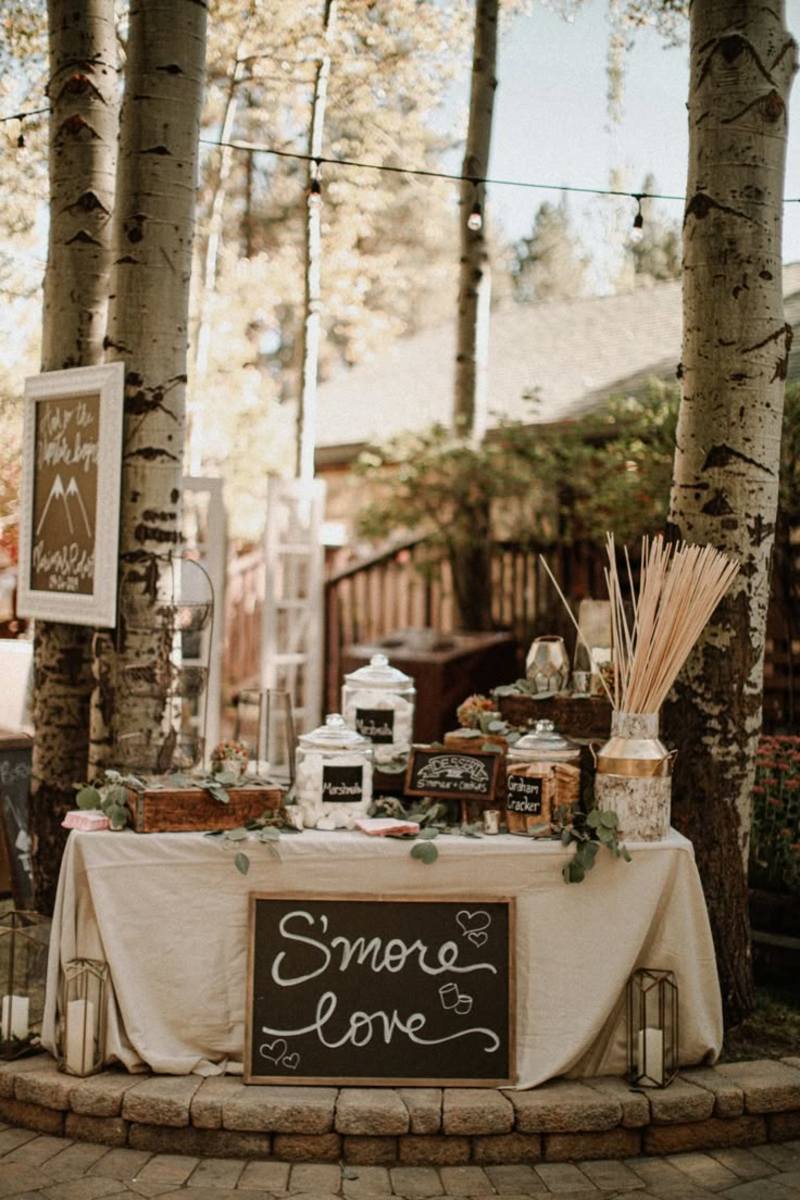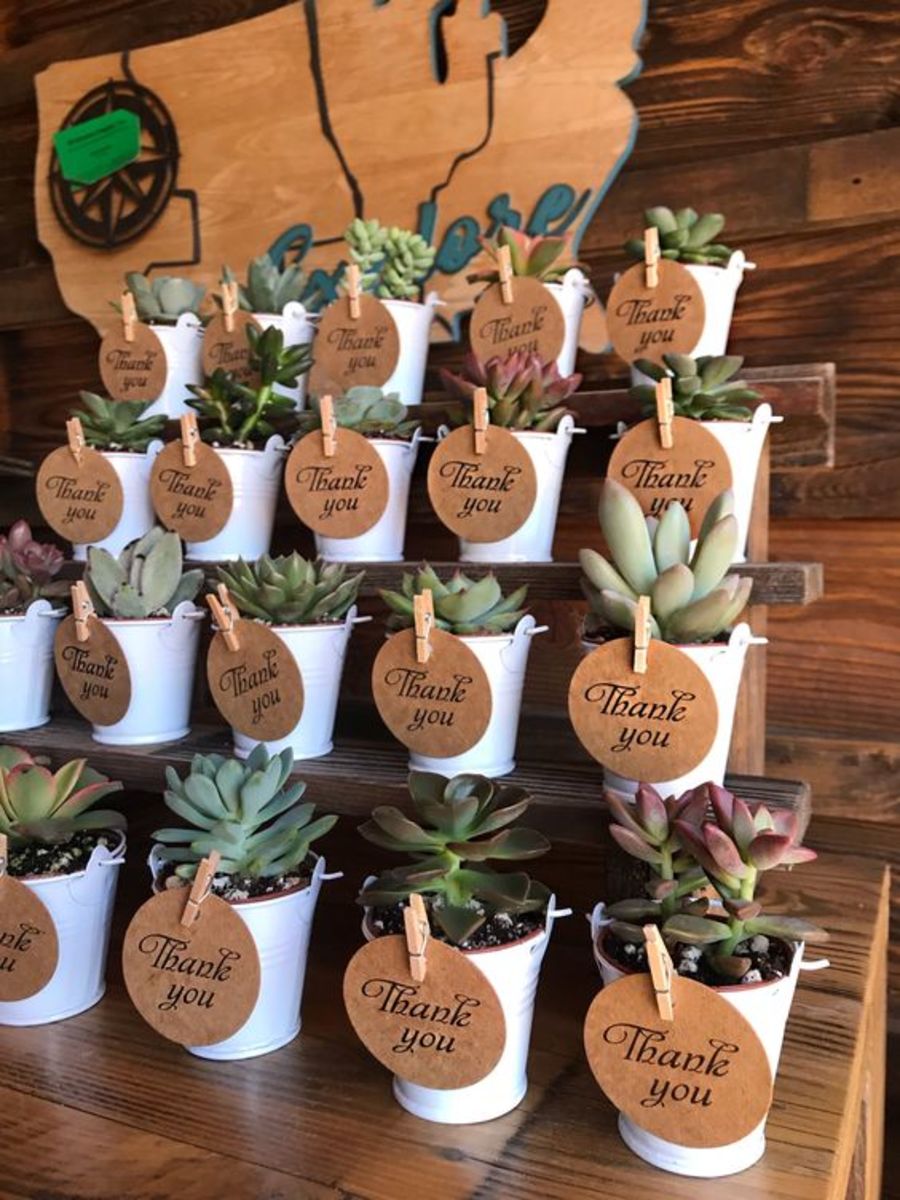What Are Your Wedding Floral Options?
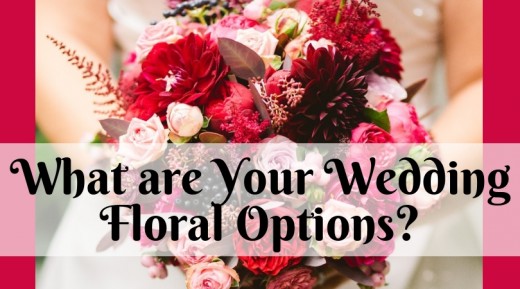
A wedding florist is ... We should actually start a little more detailed. There are two types of wedding florists available that you should know about. One is simply called a florist, and the other a floral designer. True they both provide flowers and floral arrangements for weddings, but the details are how they are different.
What is a Florist?
Florists are the basic flower provider for weddings. To order from them you can either call our order prearranged designs over the internet. The arrangements would be delivered to the store for your pickup, or to be delivered to your home. You can also have custom arrangements made by either calling and ordering them over the phone or making an appointment to talk to the florist.
Similar to the baker, he or she will likely ask all about the wedding theme, suggest some flowers and colors, and then even may show you pictures of similar arrangements. The big difference with this vendor is that when the arrangements are complete, you will have the option of either picking them up yourself or having them delivered (and not many florists offer delivery for big orders like a wedding).
The florist doesn't stick around, and creating the arrangements are likely the end of his or her responsibilities. A floral designer goes so much further.
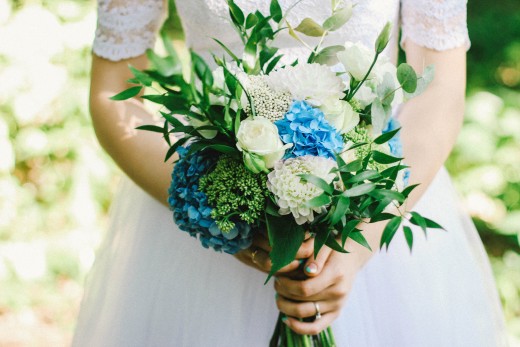
What is a Floral Designer?
A floral designer will likely insist on an appointment to brainstorm and talk about the wedding. In this appointment, you will discuss themes, colors, favored flowers, and desired feel and ambiance of the wedding. The floral designer will then likely suggest flowers, different types of arrangements, and will want to know how the bride wants to feel.
There will definitely be pictures brought out. This vendor will likely take the bride through their flower cooler to talk about and touch different flowers, and will probably even pull some out to show the bride some different options. And the job doesn't stop with making the flower arrangements. That's just the beginning.
On the wedding day, floral designers will pack up all of their arrangements and tools, and meet you at the wedding venue. Once there, they will usually assist in handing out and pinning corsages and boutonnieres, they will set out all of their arrangements, and best of all, if it looks like a space needs some extra flowers or something is missing a little extra umph, they will fix it. They normally bring their tools and some extra flowers with them, so they can put together an extra corsage, or add some extra flowers here and there, they can.
Floral designers are concerned with the entire picture, rather than just the few arrangements they are making. There's absolutely nothing wrong with florists, and they may perfectly fit the needs of particular brides, but floral designers just do so much more for the same amount of money.
Regardless of the type of “florist” preparing the flowers for the wedding, many of the products and services they offer are similar. But let’s first look at the different types of bouquets florists provide their customers.
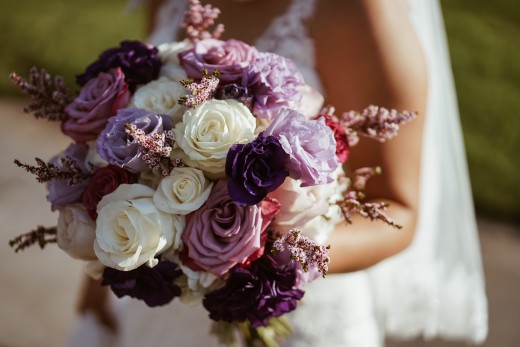
Different Types of Bridal Bouquets
Bridal bouquets come in a magnificent amount of varieties. With all of the different tastes and preferences, floral designers have gotten creative over the years to give every bride exactly the bouquet she's dreamed of.
In fact, many of these styles have a history that gave rise to the style. (i.e. The ballerina style was created during a time in history when there was a shortage in flowers. Brides still wanted a beautiful bouquet to carry down the aisle, so florists integrated tulle, ribbons, and other decor in with the few flowers they used to create something beautiful and elegant.)
Either way, choosing a bouquet has become a much bigger decision lately than it had ever been before as brides are not only choosing flowers, but are also now needing to choose the right style. Let's look at the variety of bouquets that are available, and I'll give you a short explanation so you know what to expect.
- Hand-Tied - Also called a clutch, this bouquet is simply a beautiful bunch of flowers pulled together loosely at the bottom and tied off, leaving the bottom of the stems exposed below the ribbon.
- Round - In this bouquet, the flowers are specifically arranged so that they form a round shape on top. This is a slightly more compact bouquet than some others. The stems are usually cut down so that when they are wrapped with ribbon, they are completely concealed.
- Posy - This is a small tighter version of the round bouquet, with the stems wrapped in ribbon or organza. It can usually be held with just one hand.
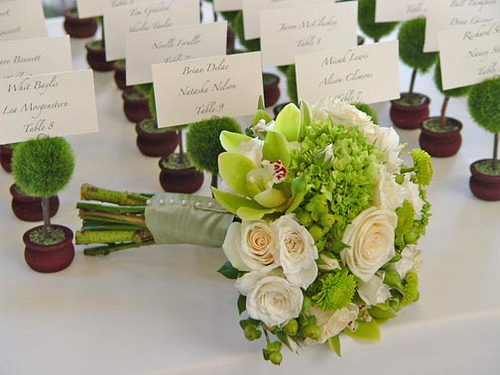
- Nosegay - This bouquet is a smaller, lighter version of the hand-tied bouquet, with less flowers and more greenery.
- Cascading - Also called a shower bouquet, this is a loose arrangement of flowers on top, literally showering, or cascading, down towards the floor. This is an extremely popular bouquet style.
- Pomander - Also called a kissing ball, this is where the flowers are pressed into a moss or Styrofoam ball (to create a literal ball shape) and hung from a ribbon. These are typically carried by flower girls, but are also requested by brides wanting something simple to carry.
- Tussy-Mussy - This is simply a posy or nosegay bouquet carried in a small metal cone-shaped vase. These vases were primarily used in the Victorian era and were considered art forms.
- Bierdermeier - This is a tightly structured bouquet created in layers, where each ring of flowers contains only one type of flower.
- Presentation - Also called an arm sheaf or an arm bouquet, long-stemmed flowers are just gathered together and bound loosely for a bride to literally carry on her arm as you would a large bouquet of roses if you were Miss America.
- Composite - This bouquet is created with individual flower petals to resemble one huge flower. This is one of the more expensive bridal bouquet styles simply because of the labor that goes into it.
- Fan - In this bouquet, flowers are simply incorporated into the edge of a fan. It's beautiful but slightly resembles a taco.
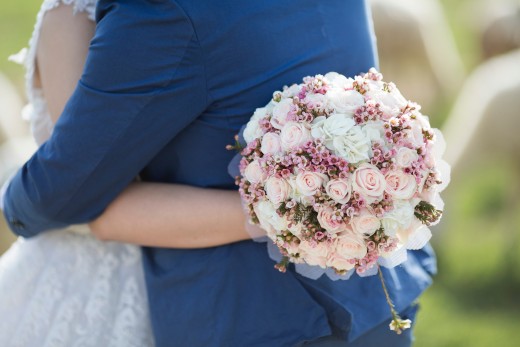
- Crescent - This is a bouquet created to be shaped like a soft arch, or quarter moon. Similar to the cascading bouquet, the flowers are long and draping to the sides and the handle is long and skinny.
- Muff - This bouquet is perfect for wintertime, and simply adorns the bride's muff, which is fur or other warm fabric, tube-shaped so hands can be kept inside for warmth.
- Bible Spray - For those brides that would prefer to carry a Bible down the aisle, florists are incorporating small arrangements that will slip onto the cover of the Bible so brides can still have their flowers. This is also called a prayer book bouquet.
- Wreath - Also called a flower hoop, this bouquet is created in a circular shape (intended to symbolize eternal love) for those brides that prefer to carry a wreath down the aisle. As it dries, this typically becomes a wall hanging in the couple's home.
- Wrist - Also called a flower bracelet, this bouquet is for much smaller, more intimate weddings (typically courthouse weddings), for brides not wanting a bouquet but still wanting flowers.
- Ballerina - This is a much smaller bouquet, using only a few flowers surrounded by lots of tulle, ribbon, and other non-floral decisions.
- Basket - This is pretty self-explanatory. For this bouquet, brides simply carry their flowers in a basket.
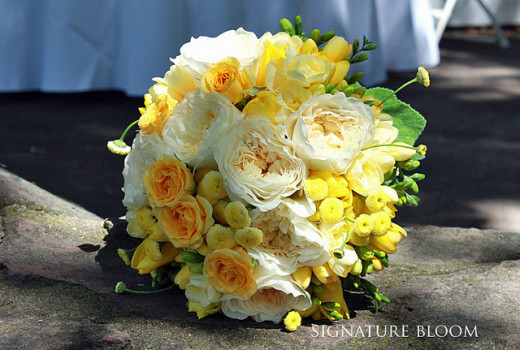
- Scepter - This bouquet has an extremely long handle of stems with a round arrangement on top similar to a royal scepter. This bouquet does not technically need to be made with flowers, as some are just longer leaves shaped and tied around a Styrofoam ball.
- Cone - For this bouquet, brides simply carry their flowers in a hanging cone, or one they can hold in their hands.
- Handbag - This is for those brides that would prefer not to carry a large bouquet, but simply their handbag, down the aside. Florists then create a small and simple flower arrangement to fit into (or onto) the top of their handbag.
- Freeform - This is the perfect style for a more casual wedding, and for a bunch of wildflowers for the bride to carry down the aisle. This is more of a loose collection of flowers, rather than a stylized bouquet. However it does typically take the talent of a florist to make this look nice.
- Hanging - This bouquet is carried not by the stems, but by a handle created with flowers, vines, or even some other material. This is usually a round bouquet made to hide the stems, with a built in natural handle, so that it can be carried.
- Teardrop - This is a smaller bouquet created in the shape of a teardrop.
- Single Stem - For many brides this is becoming quite popular. As brides are trying to save money, or that simply do not want a large bouquet, they are now requesting a single flower to carry down the aisle. After being pronounced husband and wife, this flower may be handed off to the Mother of the Bride.
Quick Poll
What is your preferred style of bridal bouquet? Here are the most popular!
Of course, wedding flowers are nowhere close to being limited to the bridal bouquet, but I could go on for days and days talking about all of the different types of flowers used and arrangements available. Just a few of those you may be interested in are:
Personal Flowers
- Bride's floral crown or hair flowers
- Tossing bouquet for reception
- Bridesmaids' bouquets
- Flower girl bouquet or petals
- Groom's boutonniere
- Groomsmen boutonnieres
- Ring bearer boutonniere
- Corsages for the moms of the bride and groom
- Boutonnieres for dads of the bride and groom
- Grandmothers' corsages
- Grandfathers' boutonnieres
- Officiant's corsage or boutonniere
- Ushers' boutonnieres
Ceremony Flowers
- Welcome table arrangement
- Ceremony aisle arrangements
- Ceremony arch arrangements
- Altar/Chuppah arrangements
- Flower petals for the aisle
- Flower arrangements for the location
- Flowers for guests
- Flowers for remembering lost loved ones
Reception
- Table centerpieces for the reception
- Cocktail table arrangements
- Bar arrangements
- Escort card table arrangement
- Cake table, catering tables, gift table, refreshment table arrangements
- Flowers for wedding cake
- Bride and Groom chair flowers
- Powder room arrangements
- Getaway car arrangements
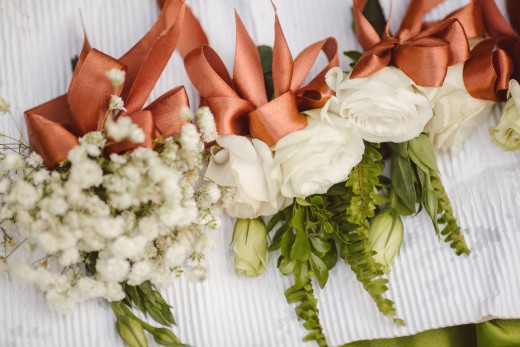
Not all arrangements are right for every couple, but you can see how this article would have gotten rather lengthy. I chose to focus on the bride's bouquet, as this is generally the most important arrangement, if you choose to purchase any at all. Instead of going into detail about each one, check out my article on How Much Do Wedding Flowers Cost? In it you'll get a better look at all of your other flower options.
Whatever you decide to do, check out all of your options for saving money on your wedding decorations and pay attention to your wedding budget. In this area of your wedding planning, it can be easy to let your spending get out of control. Make a plan ahead of time, and prepare with a list of your choices and pictures before you ever step foot in a florist's or floral designer's shop. This will help you to get exactly what you want without losing your wedding budget.
Good luck!
© 2013 Victoria Van Ness

